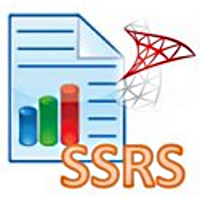Stripe Connector for SSIS How to Make Generic API Request (Bulk Write)
Prerequisites
Before we begin, make sure the following prerequisites are met:
- SSIS designer installed. Sometimes it is referred as BIDS or SSDT (download it from Microsoft).
- Basic knowledge of SSIS package development using Microsoft SQL Server Integration Services.
- SSIS PowerPack is installed (if you are new to SSIS PowerPack, then get started!).
Make Generic API Request (Bulk Write) in SSIS
-
Begin with opening Visual Studio and Create a New Project.
-
Select Integration Service Project and in new project window set the appropriate name and location for project. And click OK.
In the new SSIS project screen you will find the following:
- SSIS ToolBox on left side bar
- Solution Explorer and Property Window on right bar
- Control flow, data flow, event Handlers, Package Explorer in tab windows
- Connection Manager Window in the bottom
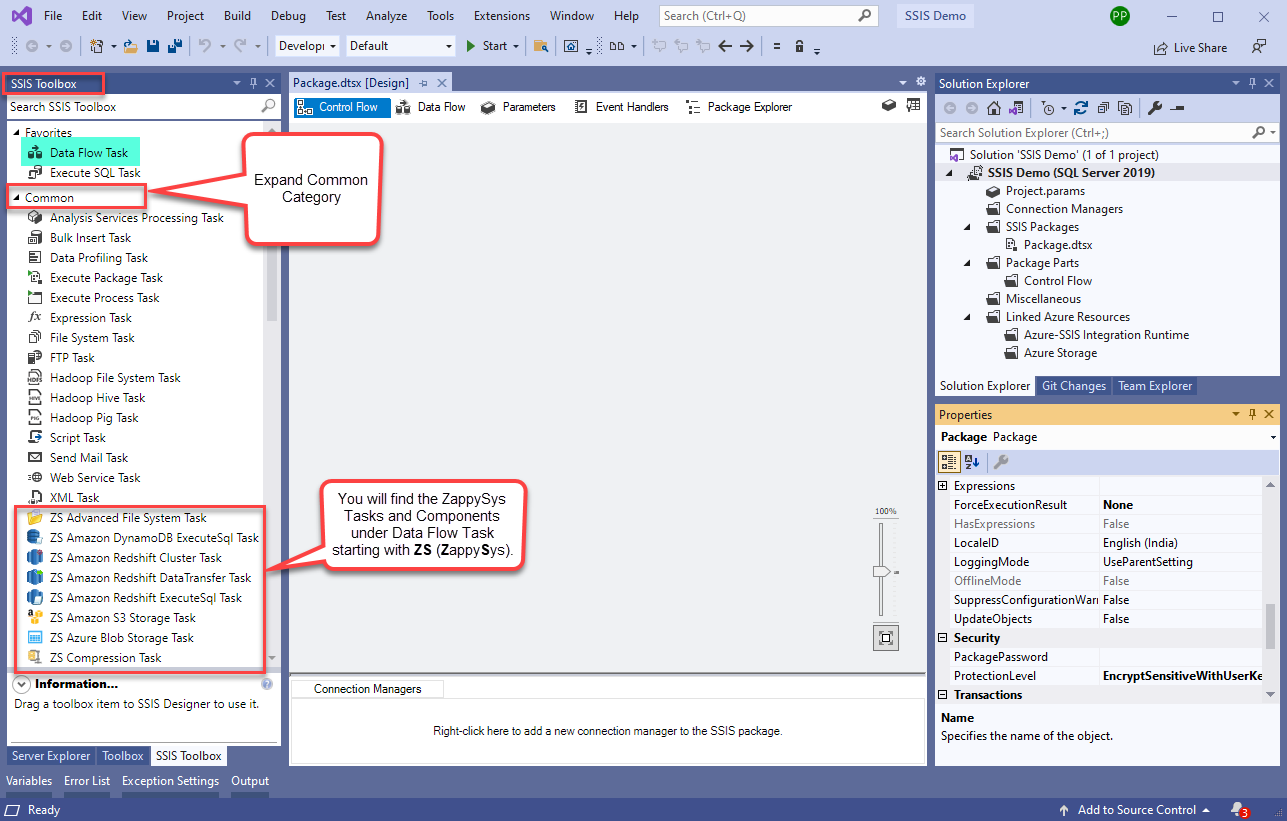 Note: If you don't see ZappySys SSIS PowerPack Task or Components in SSIS Toolbox, please refer to this help link.
Note: If you don't see ZappySys SSIS PowerPack Task or Components in SSIS Toolbox, please refer to this help link. -
Now, Drag and Drop SSIS Data Flow Task from SSIS Toolbox. Double click on the Data Flow Task to see Data Flow designer.
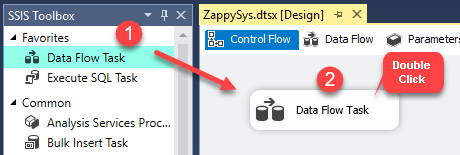
-
Read the data from the source, being any desired source component. In example we will use ZappySys Dummy Data Source component.
-
From the SSIS Toolbox drag and drop API Destination (Predefined Templates) on the Data Flow Designer surface and connect source component with it, and double click to edit it.
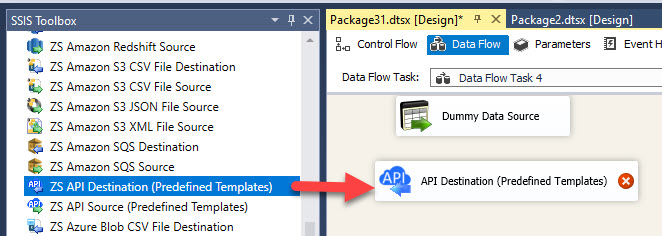
-
Select New Connection to create a new connection:
API Destination - StripeThis connector support read/write operations for Stripe APIs
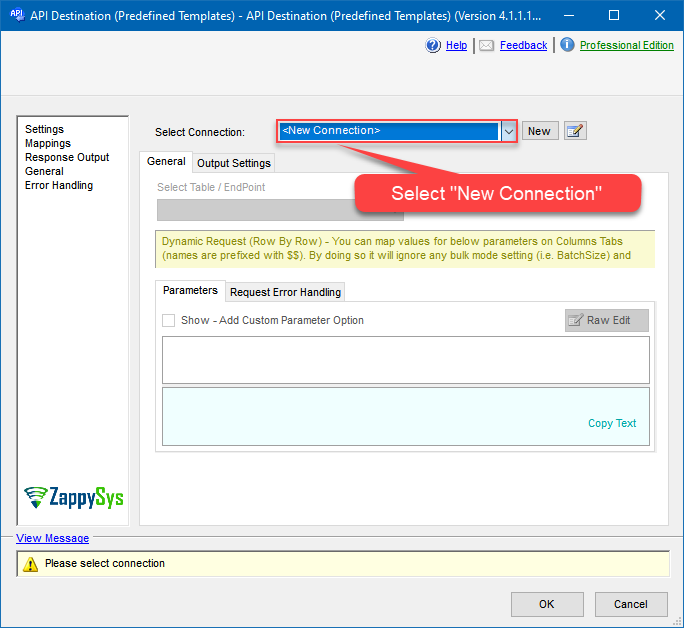
-
Use a preinstalled Stripe Connector from Popular Connector List or press Search Online radio button to download Stripe Connector. Once downloaded simply use it in the configuration:
Stripe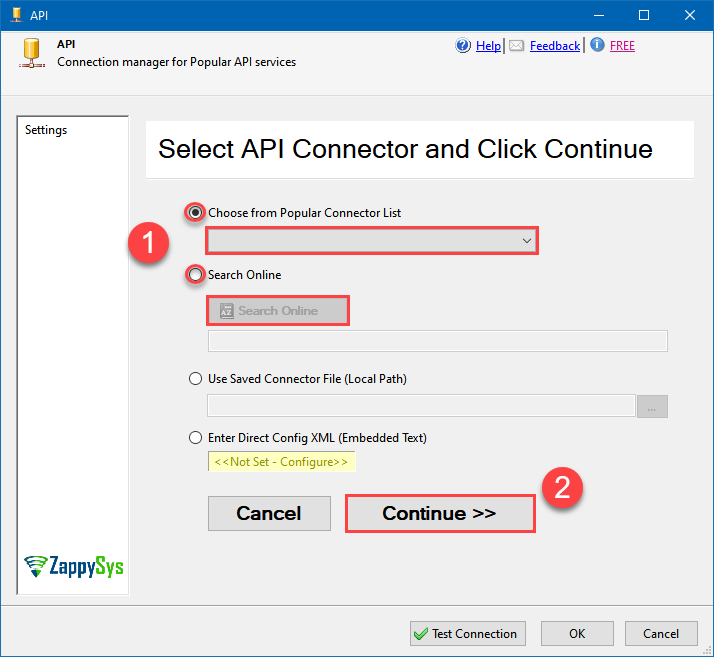
-
Now it's time to configure authentication. Firstly, configure authentication settings in Stripe service and then proceed by configuring API Connection Manager. Start by expanding an authentication type:
Stripe authentication
- Login into your Stripe account
- Go to https://dashboard.stripe.com/apikeys.
- Then create a Secret key.
- In the parameter 'Token' fill in newly created key.
API Connection Manager configuration
Just perform these simple steps to finish authentication configuration:
-
Set Authentication Type to
Stripe [Http] - Optional step. Modify API Base URL if needed (in most cases default will work).
- Fill in all the required parameters and set optional parameters if needed.
- Finally, hit OK button:
StripeStripe [Http]https://api.stripe.com/v1Required Parameters Token Fill-in the parameter... Optional Parameters RetryMode RetryWhenStatusCodeMatch RetryStatusCodeList 429 RetryCountMax 5 RetryMultiplyWaitTime True 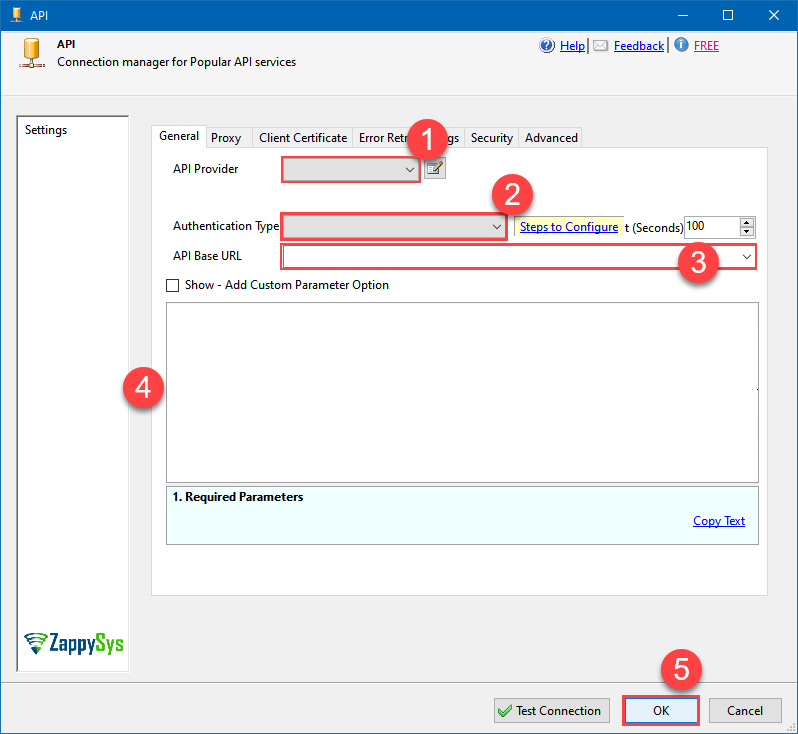
-
Select Generic Table (Bulk Read / Write) table from the dropdown, then select Insert, Update as operation, and hit Preview Data:
API Destination - StripeThis connector support read/write operations for Stripe APIsStripeGeneric Table (Bulk Read / Write)Insert, UpdateRequired Parameters Url Fill-in the parameter... Request Method Fill-in the parameter... Optional Parameters IsMultiPart Filter Request Format (Content-Type) Default Body {$rows$} JsonOutputFormat Multicontent DoNotOutputNullProperty Batch Size (Default=1) 1 Meta Detection Order StaticDynamicVirtual Input Columns - For Mapping (e.g. MyCol1:string(10); MyCol2:int32 ...) - Use bool, int32, int64, datetime, decimal, double Output Columns (e.g. MyCol1:string(10); MyCol2:int32 ...) - Use bool, int32, int64, datetime, decimal, double Request Format Response Format Default Headers Accept: */* || Cache-Control: no-cache Csv - Column Delimiter , Csv - Row Delimiter {NEWLINE} Csv - Quote Around Value True Csv - Always Quote regardless type Encoding CharacterSet Writer DateTime Format Csv - Has Header Row True Xml - ElementsToTreatAsArray Layout Map <?xml version="1.0" encoding="utf-8"?> <!-- Example#1: Output all columns --> <settings> <dataset id="root" main="True" readfrominput="True" /> <map src="*" /> </settings> <!-- Example#2: Records under array <?xml version="1.0" encoding="utf-8"?> <settings singledataset="True"> <dataset id="root" main="True" readfrominput="True" /> <map name="MyArray" dataset="root" maptype="DocArray"> <map src="OrderID" name="OrderID" /> <map src="OrderDate" name="OrderDate" /> </map> </settings> --> <!-- Example#3: Records under nested section <?xml version="1.0" encoding="utf-8"?> <settings> <dataset id="dsRoot" main="True" readfrominput="True" /> <map name="NestedSection"> <map src="OrderID" name="OrderID_MyLabel" /> <map src="OrderDate" name="OrderDate_MyLabel" /> </map> </settings> --> 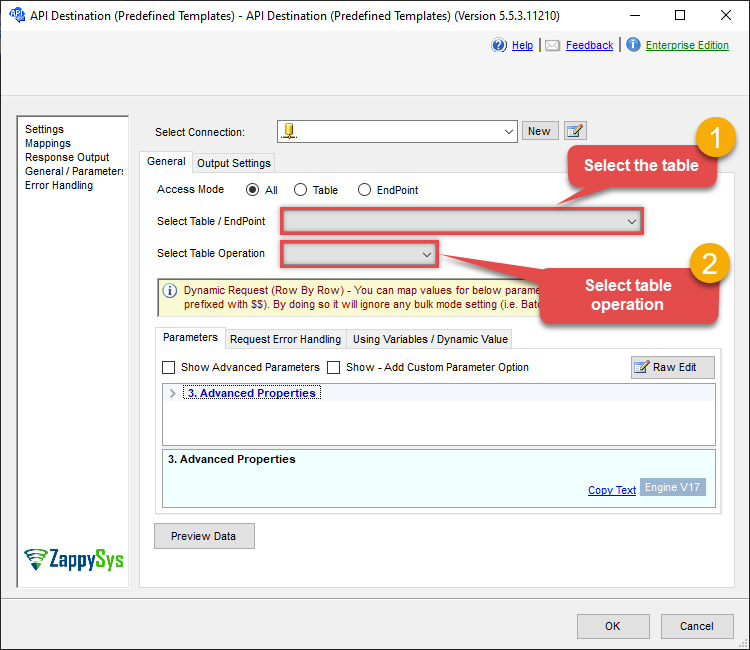
-
Finally, map the desired columns:
API Destination - StripeThis connector support read/write operations for Stripe APIs
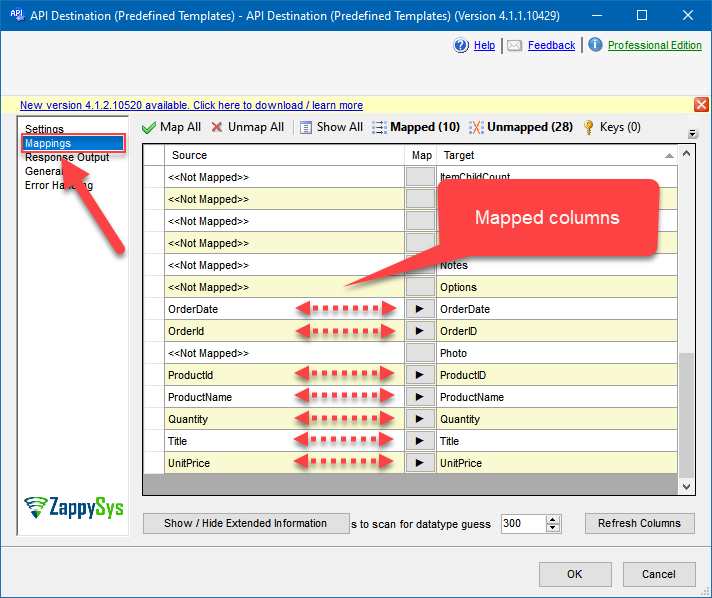
-
That's it; we successfully configured the POST API Call. In a few clicks we configured the Stripe API call using ZappySys Stripe Connector
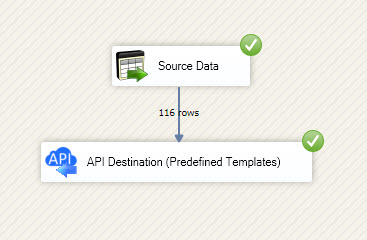
More actions supported by Stripe Connector
Learn how to perform other actions directly in SSIS with these how-to guides:
- Create a Customer
- Create a Product
- Create an Invoice
- Create an Invoice Item
- Delete a Customer
- Delete a Draft Invoice
- Delete a Product
- Delete an Invoice Item
- Finalize an Invoice
- List All Customers
- List All Invoice Items
- List All Invoices
- List All Products
- List All Quotes
- List All Subscriptions
- List All Subscriptions Items
- Mark an Invoice As Uncollectible
- Pay an Invoice
- Retrieve a Customer
- Retrieve a single Product
- Retrieve a single Subscription
- Retrieve an Invoice
- Retrieve an Invoice Item
- Retrieve an Invoice Line Items
- Retrieve an Upcoming Invoice
- Retrieve an Upcoming Invoice Line Items
- Send an Invoice For Manual Payment
- Test Connection
- Update a Customer
- Update a Product
- Update an Invoice
- Update an Invoice Item
- Void an Invoice
- Make Generic API Request



